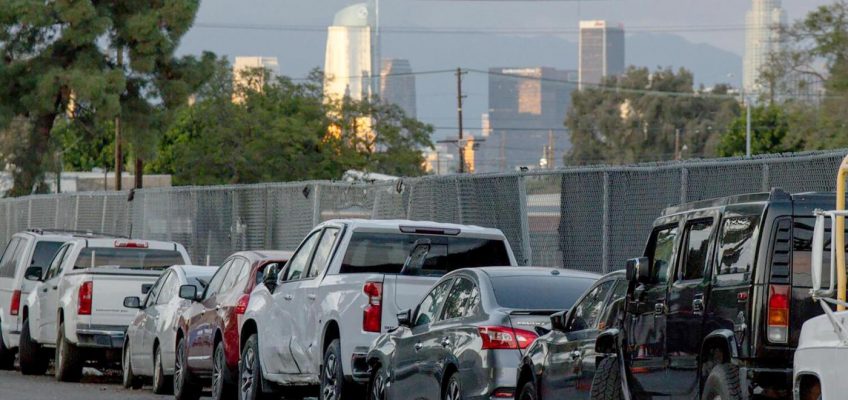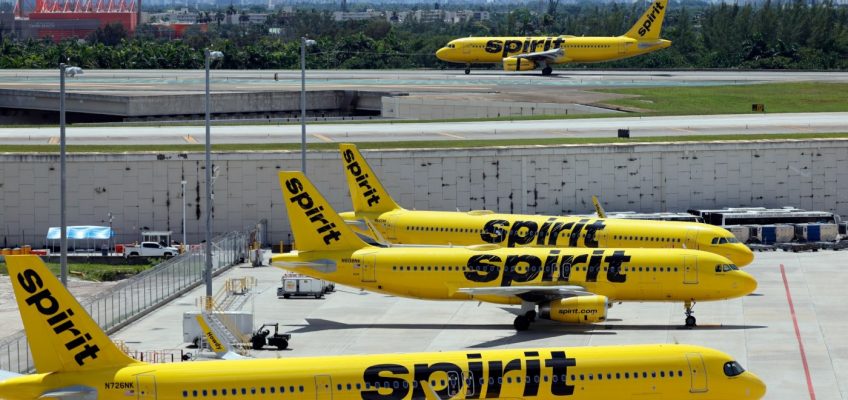My researcher, Andrew Trunsky, suggested gummies as a Thanksgiving side dish. He knows the annual toast to President Donald Trump at my family’s Thanksgiving dinner sets my teeth on edge. Maybe edibles would lead to a lighter vibe. But I’m still recovering from my wild ride 11 years ago when pot was legalized in Denver and I flew out to write a column and had a night of extreme paranoia after nibbling off the end of a THC-infused candy bar. So this year, I’m swallowing the toast as I usually do, with a gulp of the Trump Champagne my brother serves.
Speaking of Kevin, here is his annual letter from the right — but not always correct — side.
*******
Red lights are blinking for both parties.
New York voters chose Zohran Mamdani, a socialist Elmer Gantry with little experience, to be mayor of the world’s most important city. President Donald Trump held a chummy Oval Office meeting with him that made it look as if the president was ready to trade jobs.
Mamdani’s election was propelled by younger voters enthralled by his promises of free things. From a rent freeze to free buses to government-run grocery stores to a $30-an-hour minimum wage, he made the case for a socialist society.
On Friday, a resolution was brought to the House floor condemning socialism. Ninety-eight Democrats voted against it.
Cracks are showing in the president’s ironclad hold on the Republican Party. Congress all but forced him to agree to release the Epstein files. But after he castigated his most slavish supporter, Marjorie Taylor Greene, as a “traitor” for pushing the release, Greene announced she would resign her U.S. House seat, later denouncing “the wicked snow globe of Washington DC.”
This is a loss. Greene was a loyalist. She gazed at Trump with a Nancy Reagan level of adoration. Trump is transactional, and he’s always open to bringing you back for another deal. But he is oblivious to the fact that when you threaten someone to the point that she considers herself a “battered wife,” sometimes it can’t be fixed.
Trump’s telling a Bloomberg News reporter “Quiet! Quiet, Piggy,” and calling a Times reporter “ugly inside and out,” was beneath contempt. Our mother always told us, “There is never an excuse for bad manners.”
Six congressional Democrats released a shameful video without giving any context encouraging service members to disobey illegal orders, thereby threatening the foundation of our military: the chain of command. But instead of shaming them, Trump posted on Truth Social that it was “SEDITIOUS BEHAVIOR, punishable by DEATH!” causing the oily Sen. Chris Murphy to warn that the life of every Democratic congressperson was in jeopardy.
Democrats won governors’ races in New Jersey and Virginia, but the Virginia race was muddied by unearthed 2022 texts sent by their candidate for attorney general, Jay Jones, musing about killing the then-speaker of the Virginia House and watching the man’s two young children die in their mother’s arms. Abigail Spanberger, the Democrat who was elected governor, refused to ask Jones to drop out of the race. Jones was elected anyway, showing how Virginia feels about decency.
It had been a bad year for Democrats. After regaining office, Trump proceeded at breakneck speed to undo much of the damage the Biden administration had wrought, immediately closing the border and deporting criminals. The Democrats resisted, but their leaders kept getting trapped on the wrong side of the argument. Boys in girls’ sports (and locker rooms), LGBTQ+ teaching in lower grades with no opt-out, and no parental input on gender identification.
Sen. Chuck Schumer, one of the least popular Democrats, especially with progressives, shut down the government to mollify his party. In exchange, he got nothing. Rep. Nancy Pelosi announced her retirement (perhaps to day trade).
One of the most disgusting spectacles playing out right now is the resistance to and demonization of ICE agents by elected officials in major cities. They have put law enforcement officers in harm’s way. As the son of a police officer, I am repulsed to hear political lightweights like Gov. JB Pritzker of Illinois, Mayor Brandon Johnson of Chicago and Gov. Gavin Newsom of California paint ICE agents as, in Pritzker’s words, “jackbooted thugs” and encourage interference with officers.
If Trump gets overconfident in the face of such idiocy, here’s some advice: Remind ICE that we are trying to deport criminals with violent police records, not landscapers. Do not let Stephen Miller convince you that the deportations must rise, and do a better job of communicating what you are doing.
And do not underestimate the power of grocery receipts. Voters see them three times a week. Trump looks out of touch when he tells voters their 401(k)s will show how great the economy is: Many don’t have a 401(k). Lower tariffs on food items. Do not lose voters over a bag of potato chips.
Surveys have shown the country might like a third political party. It could be the democratic socialists, a slow-growing cancer for Democrats. (If Republicans can’t address affordability better, democratic socialists will poach Republican voters, too.)
Socialism has never worked anywhere in the world. Our country is built on capitalism, and that has served us well for almost 250 years. Democrats can only hope that Mamdani is a huge flop on Broadway.
Happy Thanksgiving!
Maureen Dowd writes a column for the New York Times, and once a year turns her column over to her brother.
Thanksgiving and the new births of freedom
Mary Ellen Klas: Since when is it treason to defend the rule of law?
Other voices: Rein in presidential pardon power
Greenbaum, Gerstein: Can AI developers avoid Frankenstein’s fateful mistake?
Other voices: Cyberattacks are up. So why are US defenses down?



